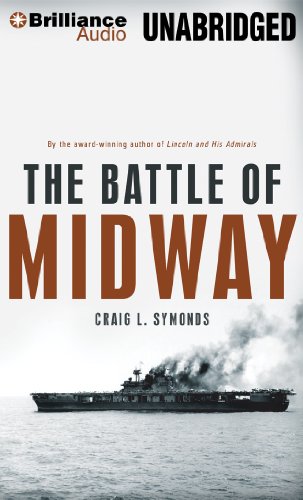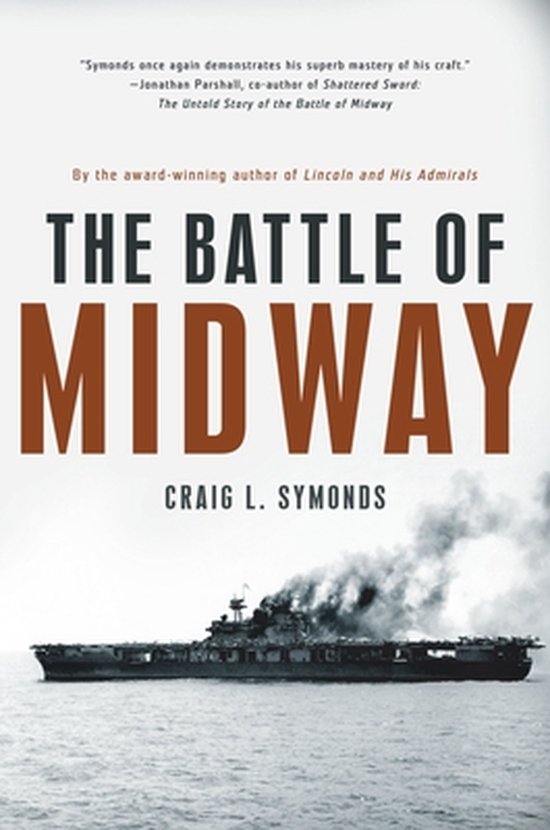

The political and philosophical attitude of the Japanese officers in general, and specifically those in the navy and naval air service, had as much to do with the battle’s outcome as any tactical decisions made in the midst of combat.


Symonds also explains how, in many ways, Midway was decided long before the war even began. Symonds, however, insists the outcome was “primarily the result of decisions made and actions taken by individuals.” Thus he concentrates primarily on people rather than on technology. From that day on the imperial navy had no options other than trying to maintain a perimeter defense of Japan’s recent Pacific gains.Ī number of authors have since suggested that luck, or even divine will, had a great deal to do with the battle’s outcome. Navy had gained a strategic initiative it would never again relinquish. The Japanese had lost four of their largest and best aircraft carriers, along with their irreplaceable veteran aircrews, and the U.S. By the end of that first day of battle their fortunes had completely reversed. Navy-still reeling from the attack on Pearl Harbor-was strictly on the defensive and able to do little beyond desperately trying to defend its crippled Hawaiian base and its vulnerable outpost on Midway Island.

As Symonds explains, on the morning of June 4 the Japanese navy claimed the initiative and was in a position to choose from at least a half-dozen strategic options. In this new history author Symonds describes it as “the most complete naval victory since…Trafalgar.” The comparison is particularly apt, for, like Horatio Nelson’s victory, Midway had far-reaching effects on the course of the conflict during which it occurred. The June 1942 Battle of Midway was one of the most consequential engagements of World War II. Symonds, Oxford University Press, New York, 2011, $27.95 Book Review: The Battle of Midway, by Craig L.


 0 kommentar(er)
0 kommentar(er)
